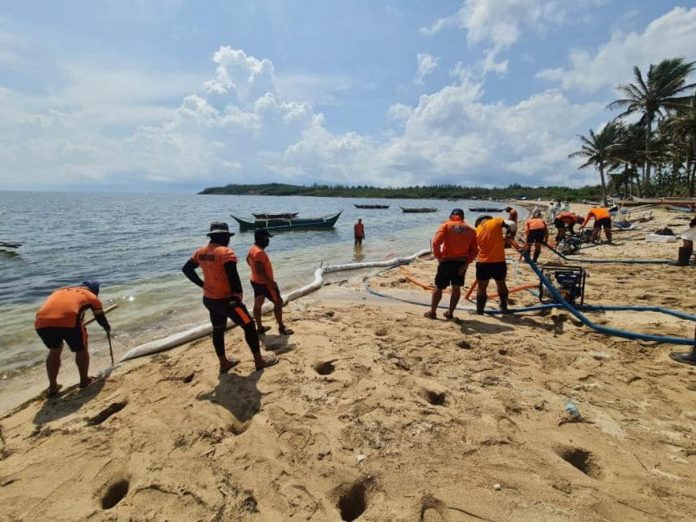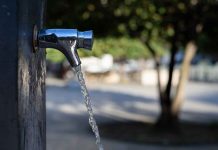
ANTIQUE – Months-long cleanup initiatives to address the oil spill in the island municipality of Caluya yielded positive results, according to the Inter-Agency Task Force (IATF).
On July 3, the Provincial Disaster Risk Reduction and Management (PDRRM) Office said the endpoints specified in the Shoreline Cleanup and Assessment Technique (SCAT) were successfully met.
These endpoints found to have been achieved as deliberated by the IATF’s assessment team were: no pronounced odor of oil, no visible oil or oily debris on the sediment surface, no sticky oil, and no oil sheening, among others.
SCAT, designed to support decision-making for shoreline cleanup, is a systematic method for surveying an oil spill-affected shoreline that uses standardized terminology in documenting shoreline oiling conditions.
Meanwhile, due to their sensitivity, little to no action was taken in some mangrove areas.
According to experts on oil spill prevention and mitigation, entering delicate mangrove areas to remove oil might do more harm than good to the trees, so regular monitoring will instead continue in the said area until the mangroves fully recover.
A total cleanup has yet to be announced by the IATF until all collected debris stored and secured in drums is transported to the proposed waste disposal area in Batangas.
The IATF is composed of the Philippine Coast Guard, the Department of Environment and Natural Resources, the University of the Philippines, the Department of Interior and Local Government and the Antique PDRRM Council.
In a July 3 report by the Coast Guard District Western Visayas (CGDWV), approximately 149,540 kilograms of oil-contaminated debris, 155,460 kilograms of oil-contaminated sand, and 3,045 liters of oily water mixture have been collected since day one of the cleanup efforts.
Further, CGDWV reported that 6.383 kilometers of shoreline had been cleaned out of the 6.72 kilometers of affected shoreline, or an accomplishment of 95 percent. (PIA Antique)/PN






